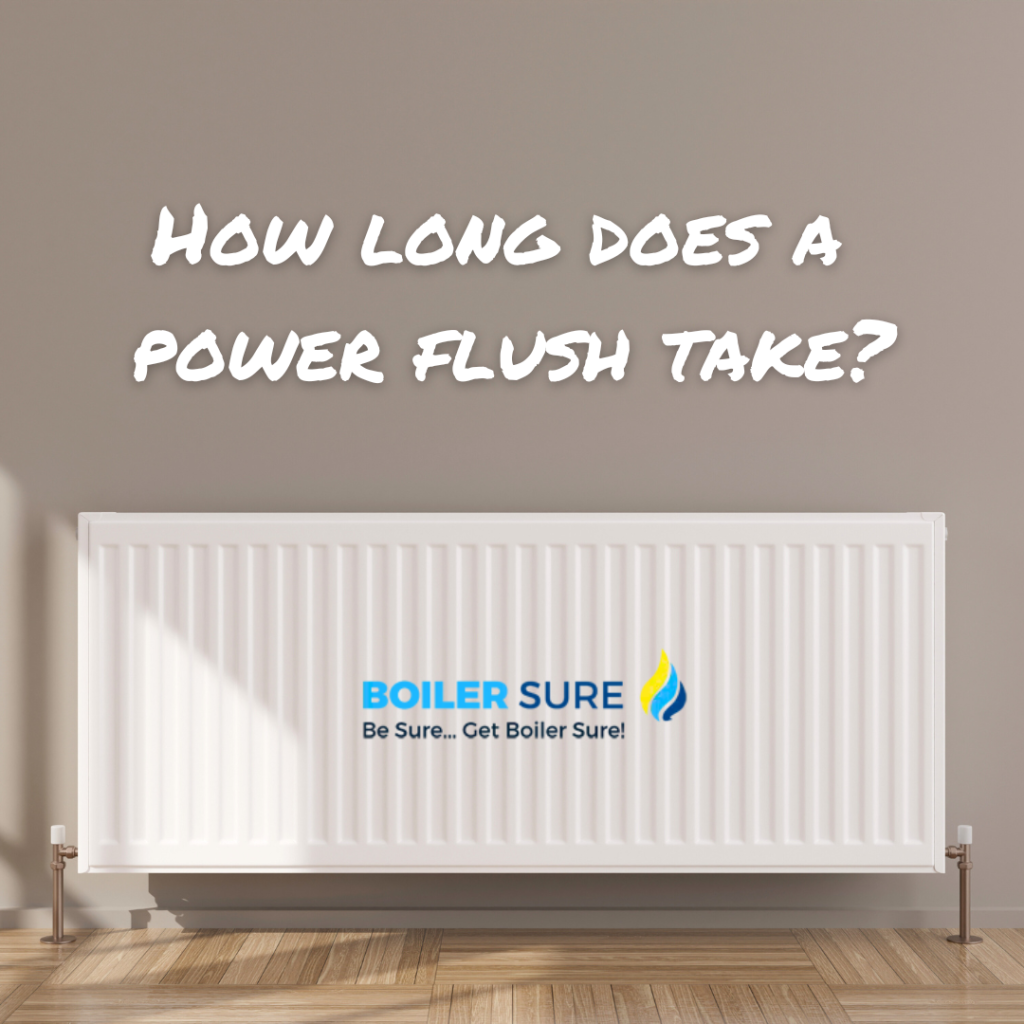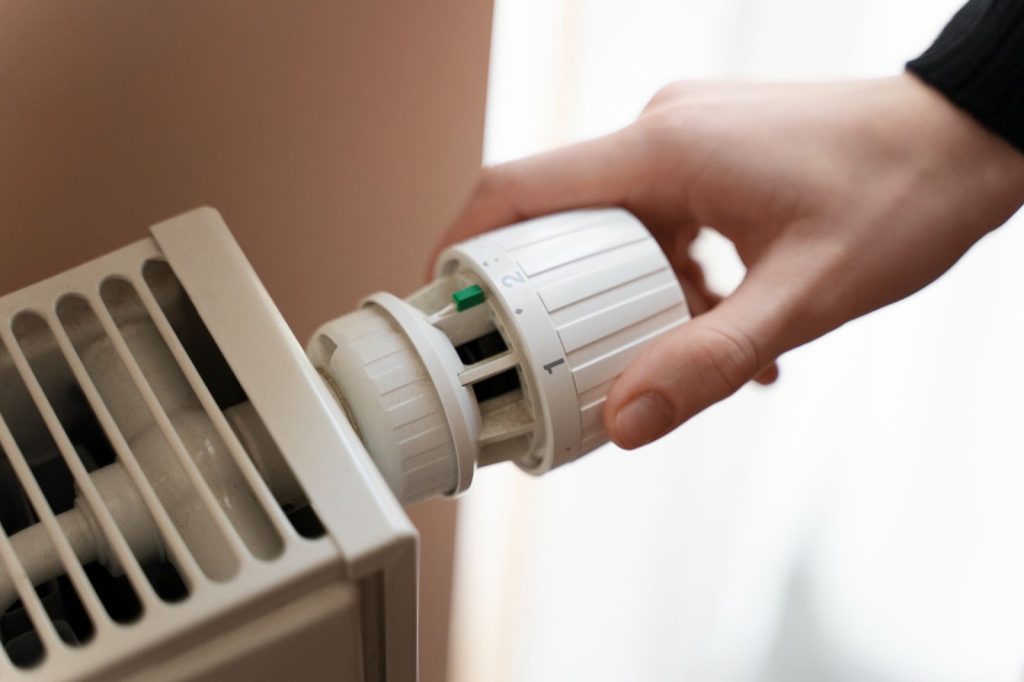The duration of a power flush can vary depending on several factors, but generally, a typical power flush takes around 4 to 6 hours to complete. However, some factors may make the process quicker or longer, including:
1. Size of the Heating System
Larger systems with multiple radiators will naturally take longer to flush than smaller systems with fewer radiators.

2. Extent of Debris and Build-Up
- Systems that haven’t been cleaned or maintained for years may take longer because of the accumulated sludge and debris in the pipes.
3. Type of Boiler and Radiators
- The type and age of your boiler and radiators can influence how long the power flush will take. Older systems might require additional care, while newer systems may be flushed more quickly.
4. Access to the System
- In some cases, accessing all parts of the heating system can be challenging, which could add extra time to the process.
Step-By-Step Process of a Power Flush
Understanding the process of a power flush can give you an idea of why it may take several hours. Here’s a breakdown of the typical steps involved:
- Initial Inspection
- A heating engineer from Boiler Sure will begin with a thorough inspection of your boiler, radiators, and pipework. They’ll check for cold spots and assess the level of sludge and debris present.
- Setting Up the Power Flush Machine
- The engineer connects a specialised power flush machine to your central heating system. This machine pumps chemicals and water at high speed, which helps to dislodge and remove any blockages in the pipes and radiators.
- Flushing the System
- The system is flushed with a mixture of chemicals and water. During this stage, the engineer will monitor the water coming out of the system to ensure it runs clear, signalling that the sludge and dirt have been successfully removed.
- Rinsing and Finishing
- Once the main flush is complete, the system is thoroughly rinsed to remove any remaining chemicals. The engineer may add a corrosion inhibitor to help protect your heating system against future build-up and extend its lifespan.
- Final Check and Testing
- After the power flush, the engineer will conduct a final check to ensure your system is working optimally. This includes checking the water pressure, examining radiator temperatures, and ensuring the boiler runs efficiently.
Benefits of a Power Flush
A power flush isn’t only about removing sludge – it brings a range of benefits, including:
- Increased Efficiency: Removing sludge allows water to flow freely, improving the efficiency of your heating system.
- Cost Savings: A cleaner system means less energy is needed to heat your home, which can lower your heating bills.

- Extended Lifespan of the System: A well-maintained system can last longer, preventing costly repairs and replacements.
- Reduced Noise Levels: Blockages can lead to noise within the system, which is often resolved by a power flush.
When Should You Get a Power Flush?
It’s a good idea to schedule a power flush if you’re experiencing issues like:
- Cold spots on radiators
- Strange noises from the boiler
- Slow heating times
- Higher-than-usual heating bills
- Frequent need to bleed the radiators
Most systems benefit from a power flush every 5-6 years, but the exact timing may vary based on usage and the quality of your water supply.
Why Choose Boiler Sure for Your Power Flush?
At Boiler Sure, we bring experience and dedication to every power flush. Our team ensures a thorough and professional job, restoring your system’s efficiency and helping you save on heating costs. Contact us to learn more about power flush services and to book your appointment.













